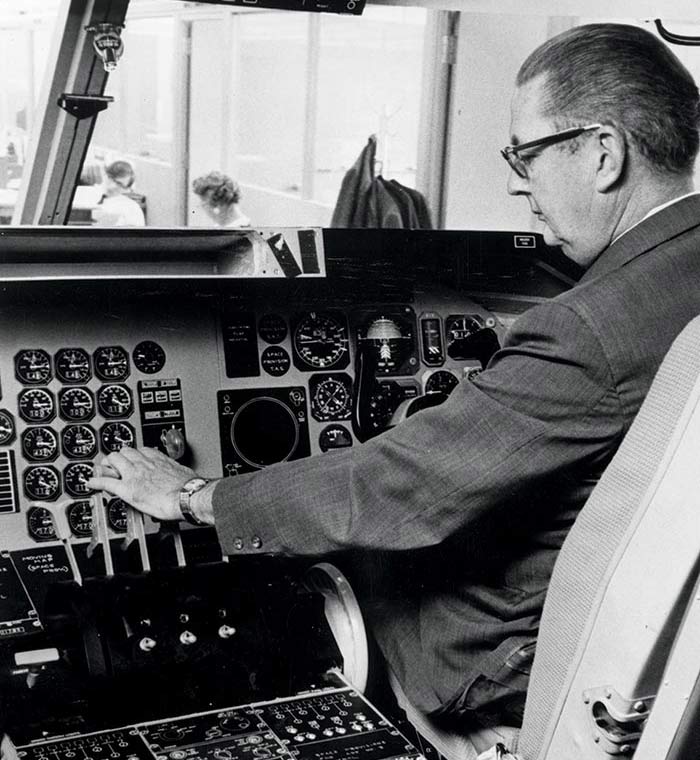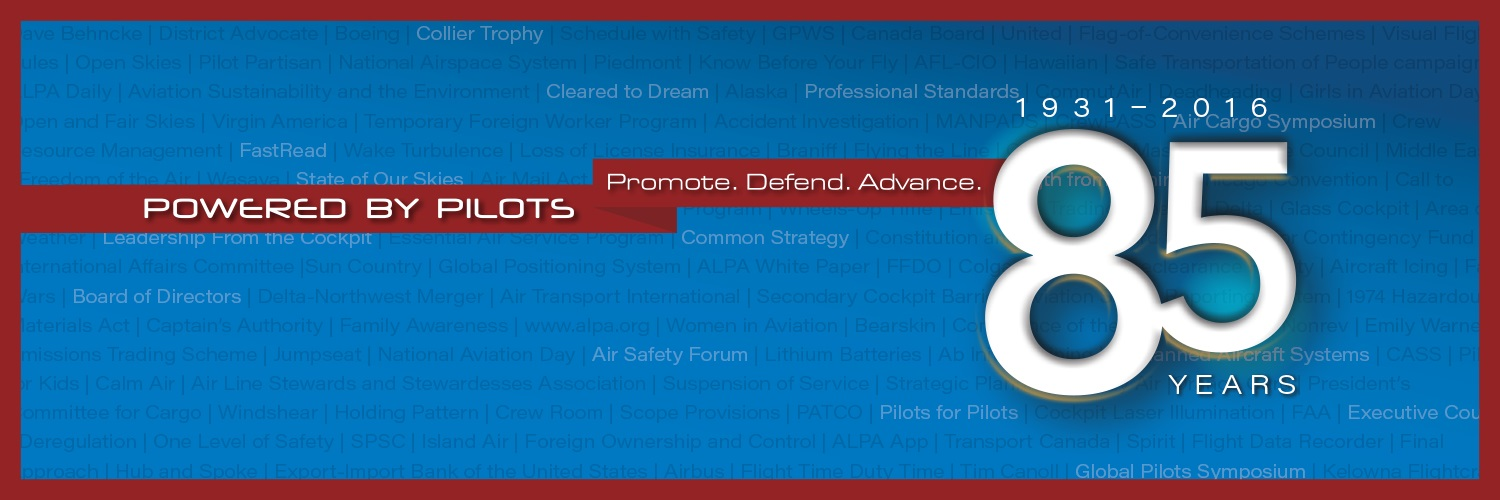In 1970, the Boeing 747 becomes the first widebody passenger aircraft to enter service. It is designed for efficiency and comfort, with extra cargo space, twin aisles in the cabin, and a partial second level for passengers. With four engines, the 747 requires more gauges, switches, circuit breakers, and lights in an already cramped cockpit.
By the late 1970s, traditional round analog dials begin to disappear in favor of new digital glass-cockpit instrumentation, allowing for a more simplified cockpit instrument layout. In addition, the DC-10 and L-1011 went into service, which were considered extremely advanced and great to fly—the DC-10 is still operated by FedEx Express today.

In the early 1980s, the de Havilland Canada Dash 8—a regional turboprop better known today as the Bombardier Dash 8—sees some of the first transitions to glass-panel cockpit instruments. In addition, the B-1900 also became a popular aircraft as a 19-passenger pressurized twin-engine turboprop and is still used around the world today.
In 1987, Airbus debuts the A320, the first airliner to use a “fly by wire” concept, replacing manual flight controls with an electronic interface.


